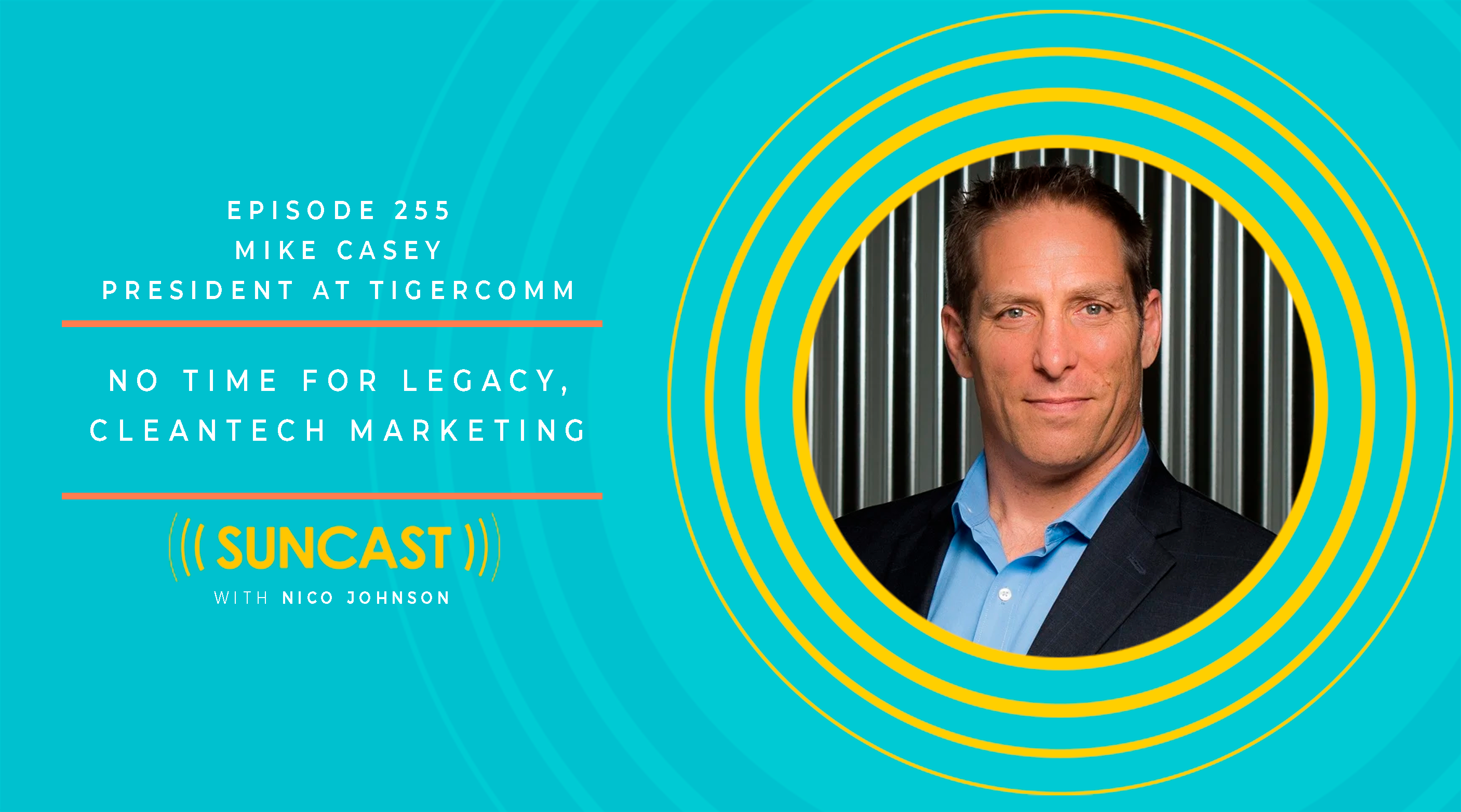Insights
Clean Energy Blog by Tigercomm
Expert Insights & Tips
Earning Public Acceptance of Offshore Wind Projects — Mistakes and Best Practices
Topics:
Community Acceptance
Note: this article was first published in 2020.
Offshore wind must effectively engage coastal communities. It can save money and avoid heartache through the...
Continue ReadingSunCast Appearance
Topics:
Thought Leadership
Nickalus "Nico" Johnson and I had a great conversation about the state of #solar and #cleantech #marcom. His SunCast Podcast is a rising platform in the...
Continue Reading
{% video_player "embed_player" overrideable=False, type='scriptV4', hide_playlist=True, viral_sharing=False, embed_button=False, autoplay=False,...
Continue Reading
